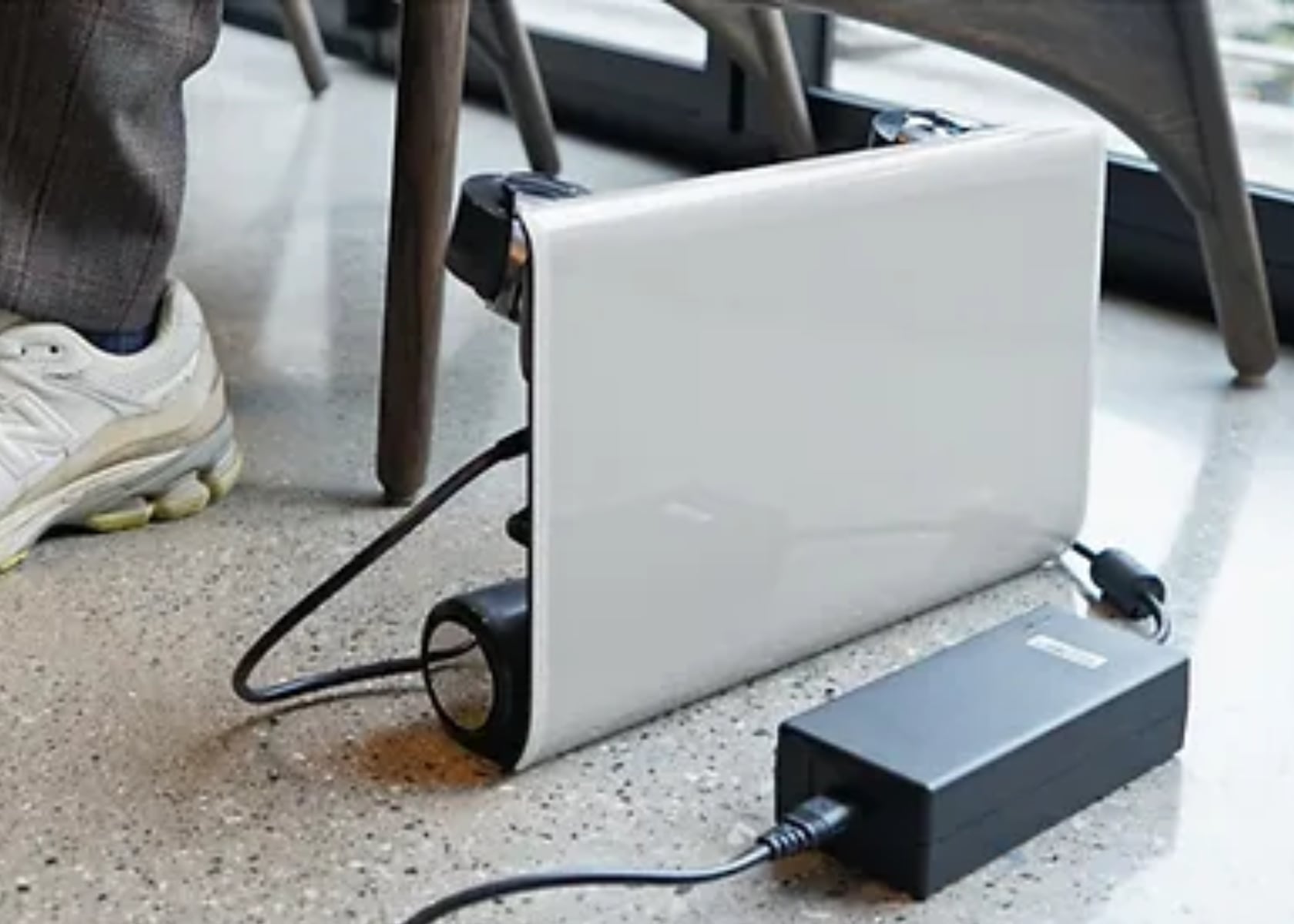Urban commuting just got a significant upgrade with the release of the WALKCAR 2 and WALKCAR 2 Pro. Launched on April 1, 2024, these innovative personal mobility vehicles captivate tech enthusiasts and city dwellers, and they’ve won me over too. Hailing from Japan, these ultra-compact devices are set to change how we move through our cities. Imagine gliding effortlessly through crowded streets, bypassing traffic, and reaching your destination without breaking a sweat. These sleek, portable vehicles fit seamlessly into your daily routine, offering convenience and efficiency. Perfect for commuting to work or exploring new neighborhoods, the WALKCAR 2 turns every journey into a smooth and enjoyable experience.
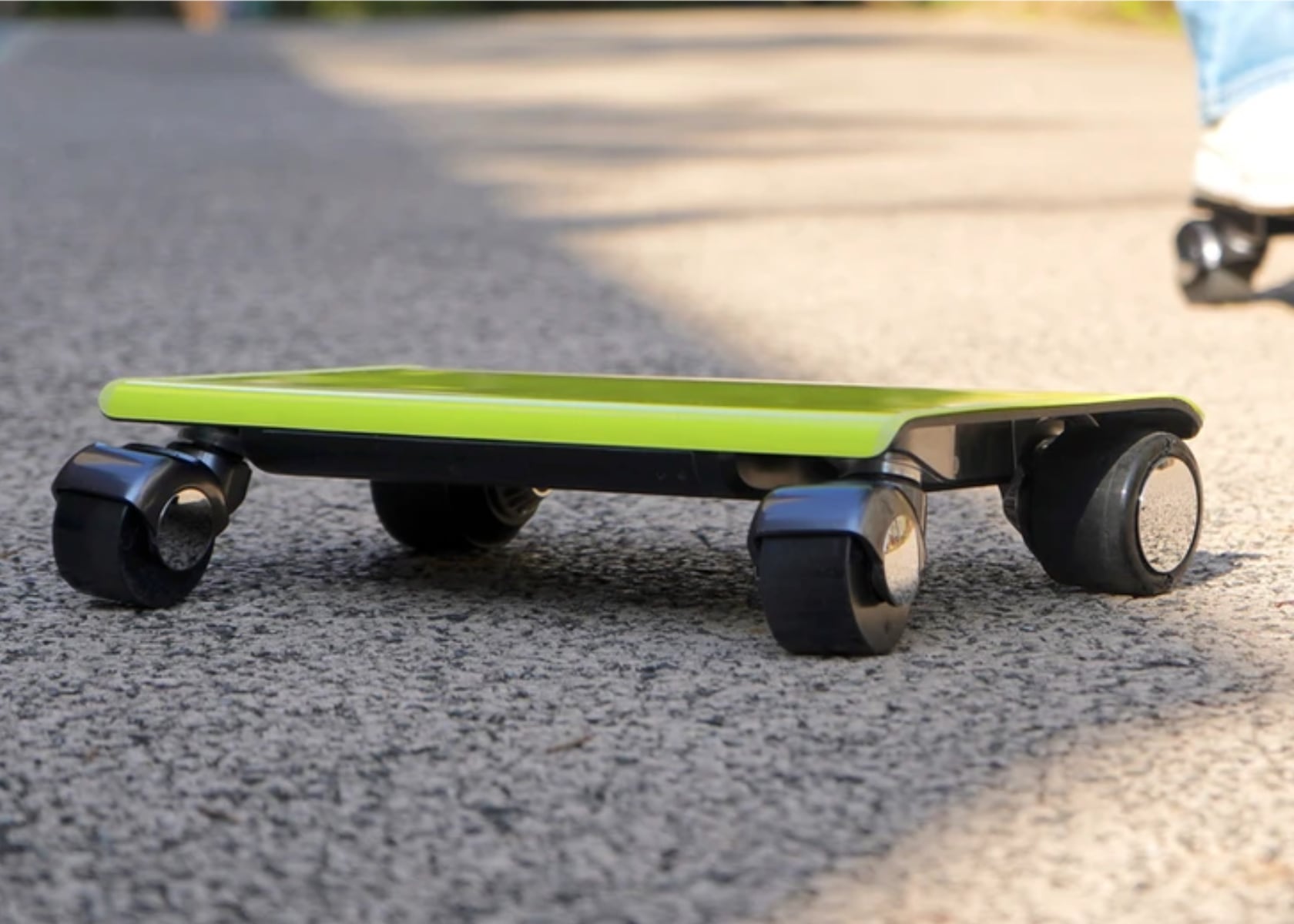
Designer: cocoa motors. Co., Ltd.
A Portable Marvel: Design and Portability
The WALKCAR 2 series is impressively portable. The device offers remarkable convenience, weighing roughly 6.4 lb (2.9 kg) and comparable in size to a 15-inch laptop. Available in four stylish colors—Sonic Yellow, Celeste Blue, Sand Beige, and Sumi—these vehicles are as aesthetically pleasing as they are functional. This combination of portability and style ensures that the WALKCAR 2 fits seamlessly into both professional and casual settings, making it a versatile choice for a wide range of users.
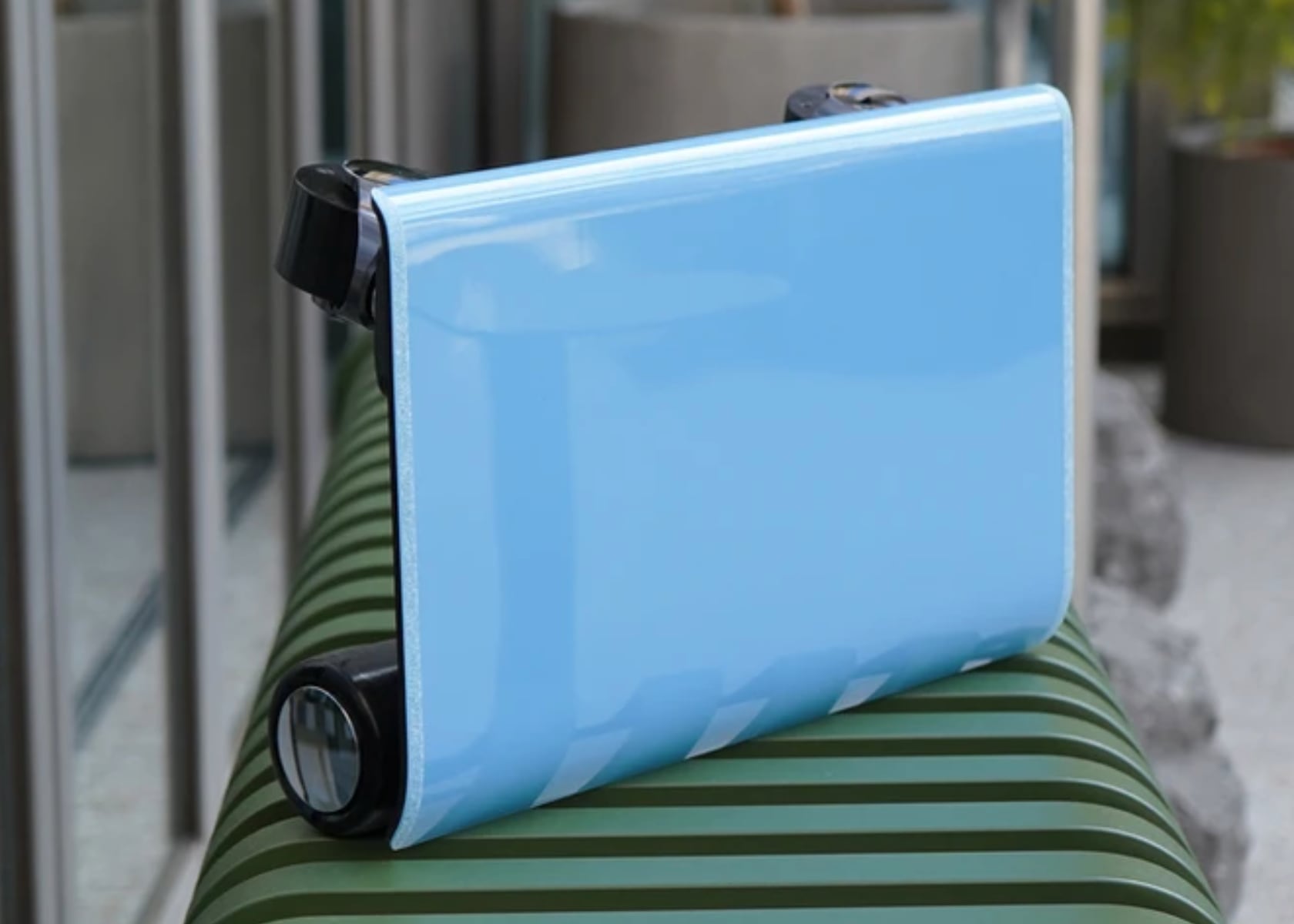
The design and build quality of the WALKCAR 2 are equally remarkable. The ultra-light carbon body, specifically using carbon fiber reinforced thermoplastic (CFRTP), provides a robust yet lightweight frame. This material is ten times stronger than steel and significantly lighter, ensuring durability and ease of transport. The high elasticity of the carbon frame provides excellent road grip, contributing to a smooth and stable ride even on challenging terrains. The compact size allows it to fit easily into a backpack or a large handbag, making it an ideal everyday carry item. Whether heading to work, running errands, or exploring a new city, the WALKCAR 2 can be your constant companion, ready to provide quick and efficient transportation whenever needed.

Performance and Advanced Motor Technology
Performance is where the WALKCAR 2 series truly shines. The WALKCAR 2 reaches a maximum speed of 6.2 mph and boasts a cruising distance of 4.35 miles. For those needing more power and range, the WALKCAR 2 Pro offers a top speed of 9.3 mph and a 5-mile range. Both models feature a four-wheel independent suspension system that absorbs vibrations in all directions, ensuring a comfortable ride even on uneven surfaces. This suspension system improves comfort and enhances the vehicle’s stability, making it suitable for novice and experienced riders.
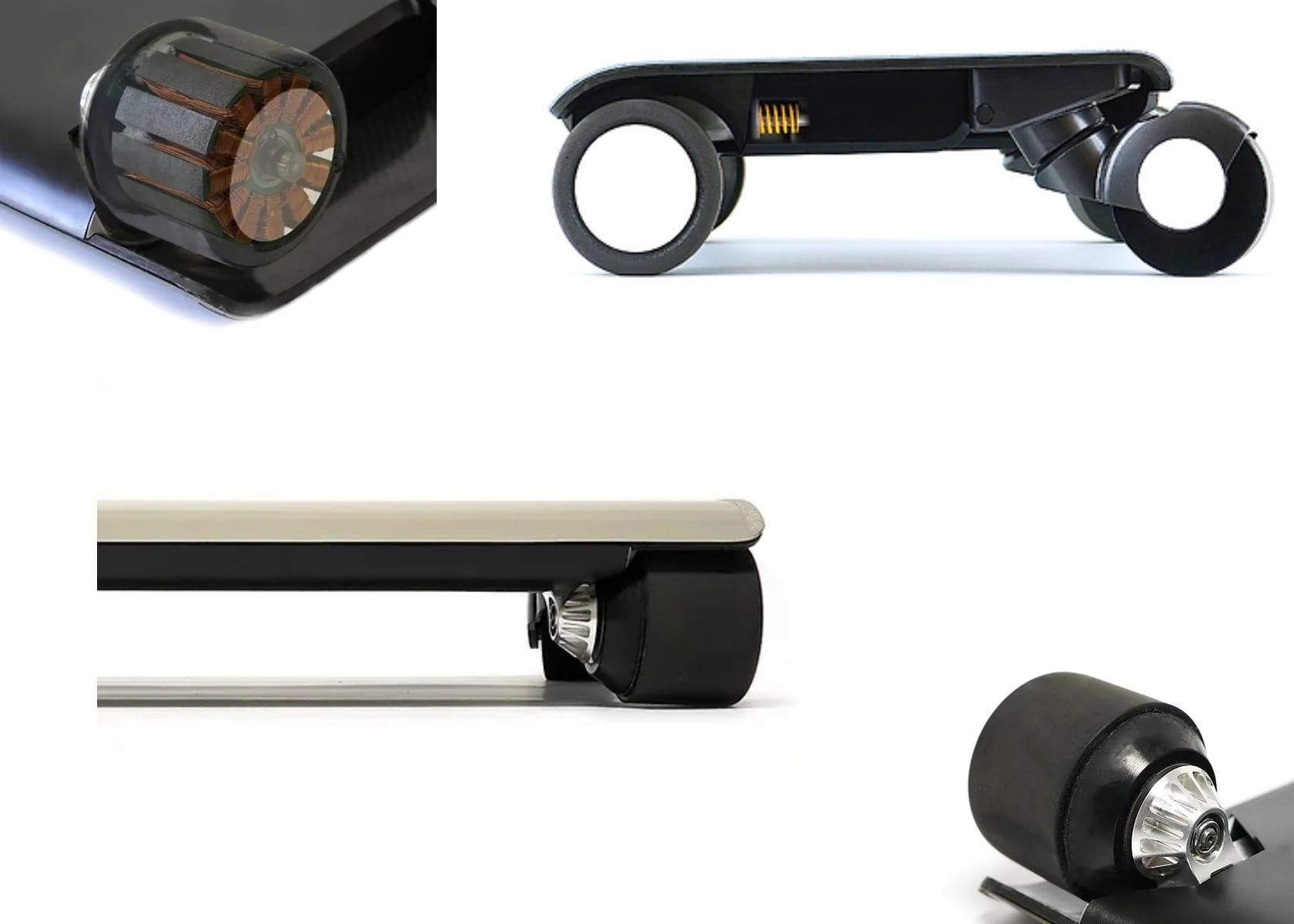
One notable feature is the world’s most miniature in-wheel motor, developed exclusively for WALKCAR. Housed within the front drive wheel, this motor provides the torque performance of a bicycle, allowing the device to climb slopes up to 12 degrees for the Pro model. The use of welded connections instead of screws maximizes coil space, enhancing efficiency and power. Additionally, the newly adopted ultra-super duralumin heat sink improves heat dissipation, maintaining performance during extended use. This combination of advanced motor technology and efficient heat management ensures that the WALKCAR 2 delivers consistently high performance, even under demanding conditions.
User-Friendly Operation and Charging Convenience
Operating the WALKCAR 2 is as intuitive as walking. To accelerate, press the toes of both feet. Deceleration and stopping are achieved by raising one toe slightly. Turning is managed by shifting your weight, allowing precise control and easy maneuverability. This intuitive control scheme ensures that even new users can quickly adapt to the device, making it accessible to a wide range of people, including those who may not have previous experience with personal mobility devices.
Charging the WALKCAR 2 is both quick and convenient. With the included quick charger, the battery reaches 80% capacity in just 30 minutes, making it ideal for short breaks during the day. A full charge takes only 60 minutes, ensuring minimal downtime. This feature mainly benefits urban commuters needing a reliable and ready-to-go mobility solution. The ability to charge quickly and efficiently means that users can rely on the WALKCAR 2 for their daily transportation needs without worrying about long charging times.
Real-World Applications and Daily Commutes
The practical applications of the WALKCAR 2 are vast. For frequent travelers to Japan, like myself, who visit once or twice a month, this device is a game-changer. In a country where walking and public transportation are the norms, the WALKCAR 2 provides a seamless way to cover the distance between subway stations and destinations. On my visits, I often struggle to keep up with my friends, who are more accustomed to extensive walking. The WALKCAR 2 would allow me to maintain their pace effortlessly, ensuring I don’t miss a beat in this bustling metropolis.
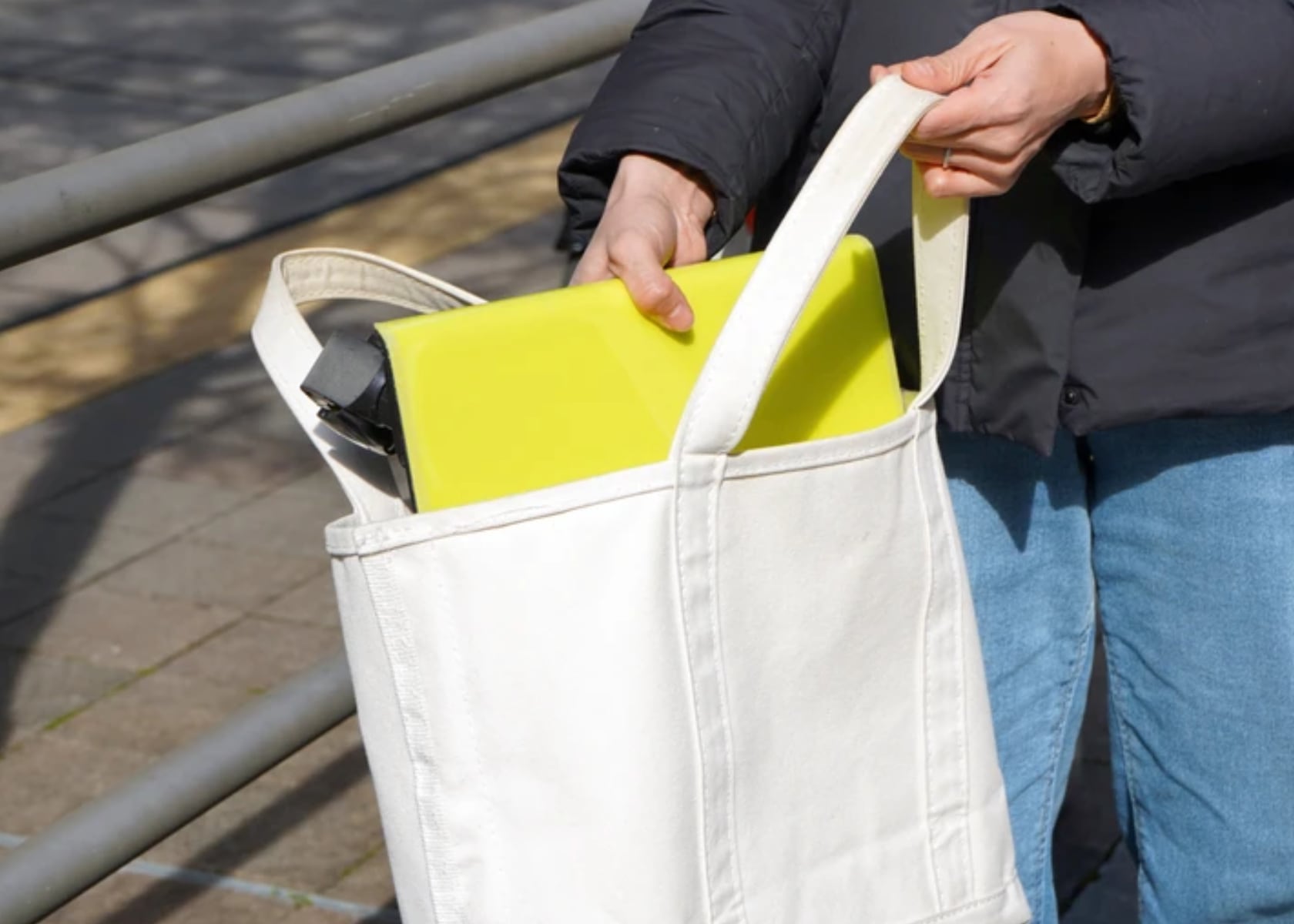
Imagine navigating through the narrow streets of Tokyo or reaching a distant café without breaking a sweat. The WALKCAR 2 brings convenience and efficiency to these everyday scenarios. It allows users to explore more remote areas, visit favorite shops, or enjoy parks that are otherwise too far to reach on foot. By extending the practical radius of our daily lives, the WALKCAR 2 enriches our experiences and opens up new possibilities for urban living.
For city dwellers, the WALKCAR 2 could revolutionize daily commutes. Instead of being confined to locations close to subway stations, users can live in more spacious homes further afield, knowing they can easily travel the last mile. This flexibility enhances living conditions and reduces the stress associated with crowded public transportation. The ability to quickly and efficiently cover the distance from home to public transport hubs means that users can enjoy the best of both worlds: a more comfortable living environment and easy access to the city’s amenities.
A Worthwhile Investment
Priced at $999 for the WALKCAR 2 and $1,499 for the Pro version, these devices represent a significant investment. However, the cost is justified considering the advanced technology, build quality, and the convenience they offer. The WALKCAR 2 series is sold out, reflecting its popularity and the high demand for such innovative mobility solutions. Preorders are being accepted for the next production run, allowing eager customers to secure their units. The high demand for these devices highlights their appeal and the value they offer to users seeking a modern and efficient mode of transportation.
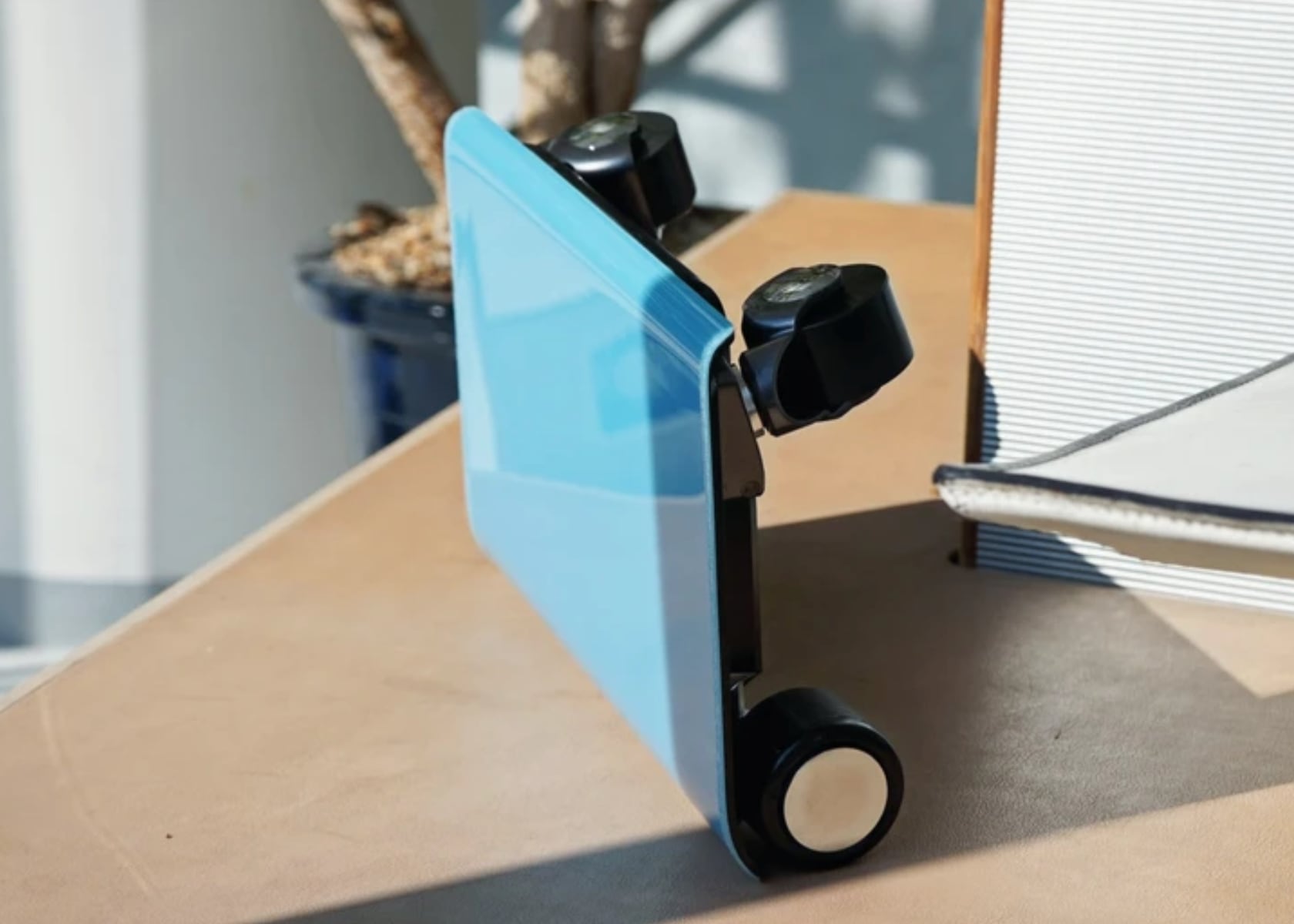
The WALKCAR 2 and WALKCAR 2 Pro are more than just gadgets; they are transformative tools that enhance urban mobility. With their compact size, robust performance, and user-friendly operation, they promise to change how we move through cities. For frequent travelers, urban commuters, and anyone looking to expand their mobility options, the WALKCAR 2 series is an invaluable addition to daily life. As we seek ways to navigate our urban landscapes more efficiently, the WALKCAR 2 paves the way for innovation and practicality. Its ability to provide a reliable and convenient mode of transport in various urban settings makes it an essential tool for modern urban living.
The post I need this WALKCAR in my life because I’m too lazy to walk first appeared on Yanko Design.
